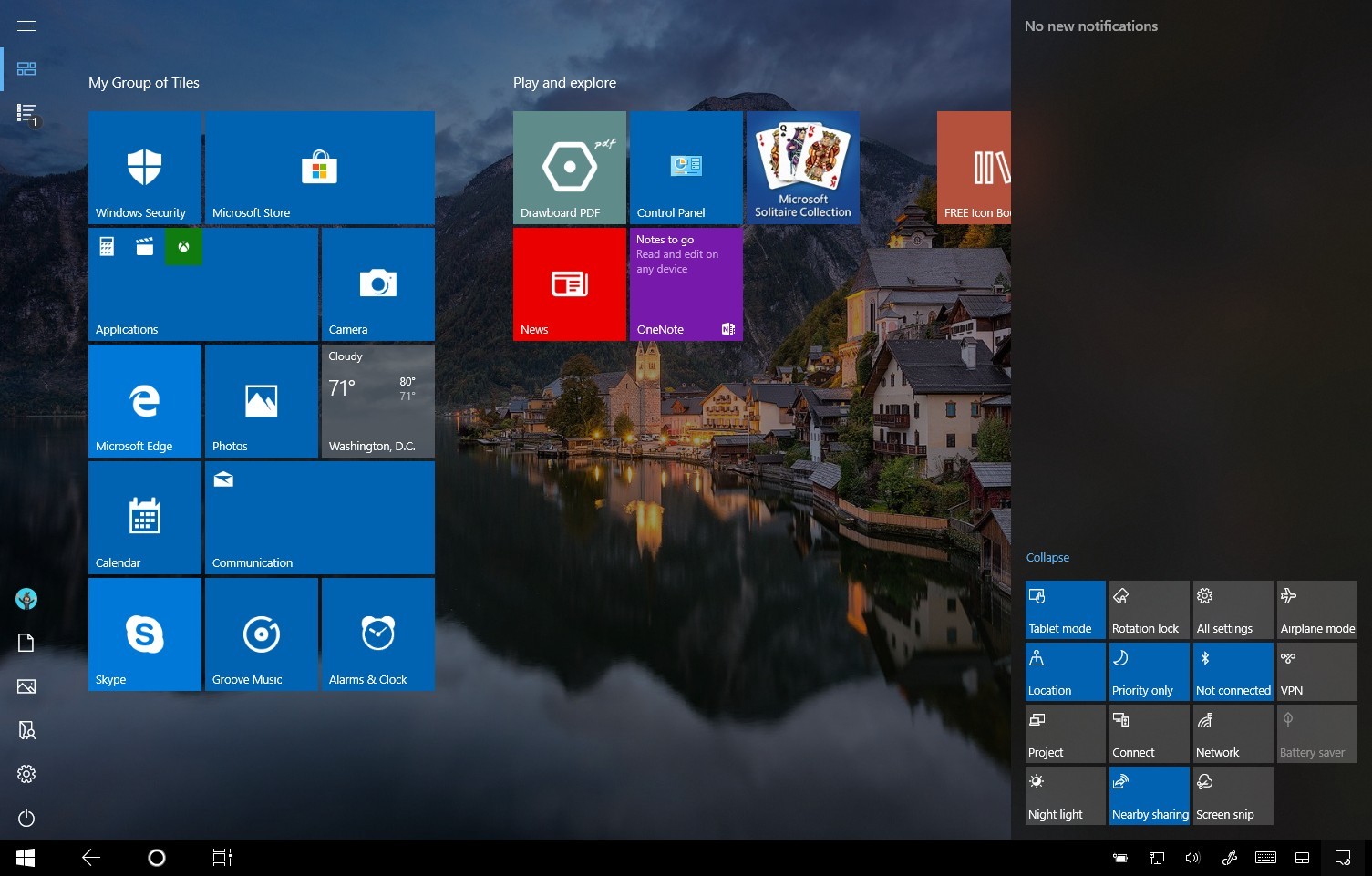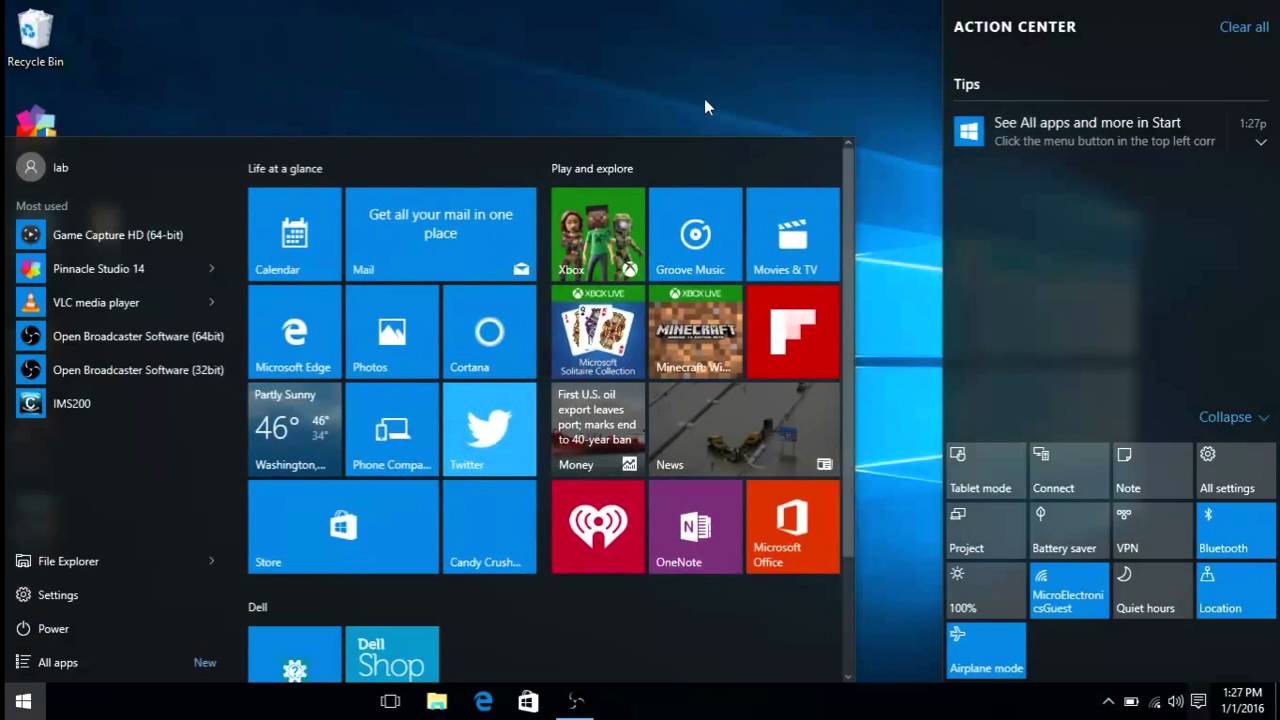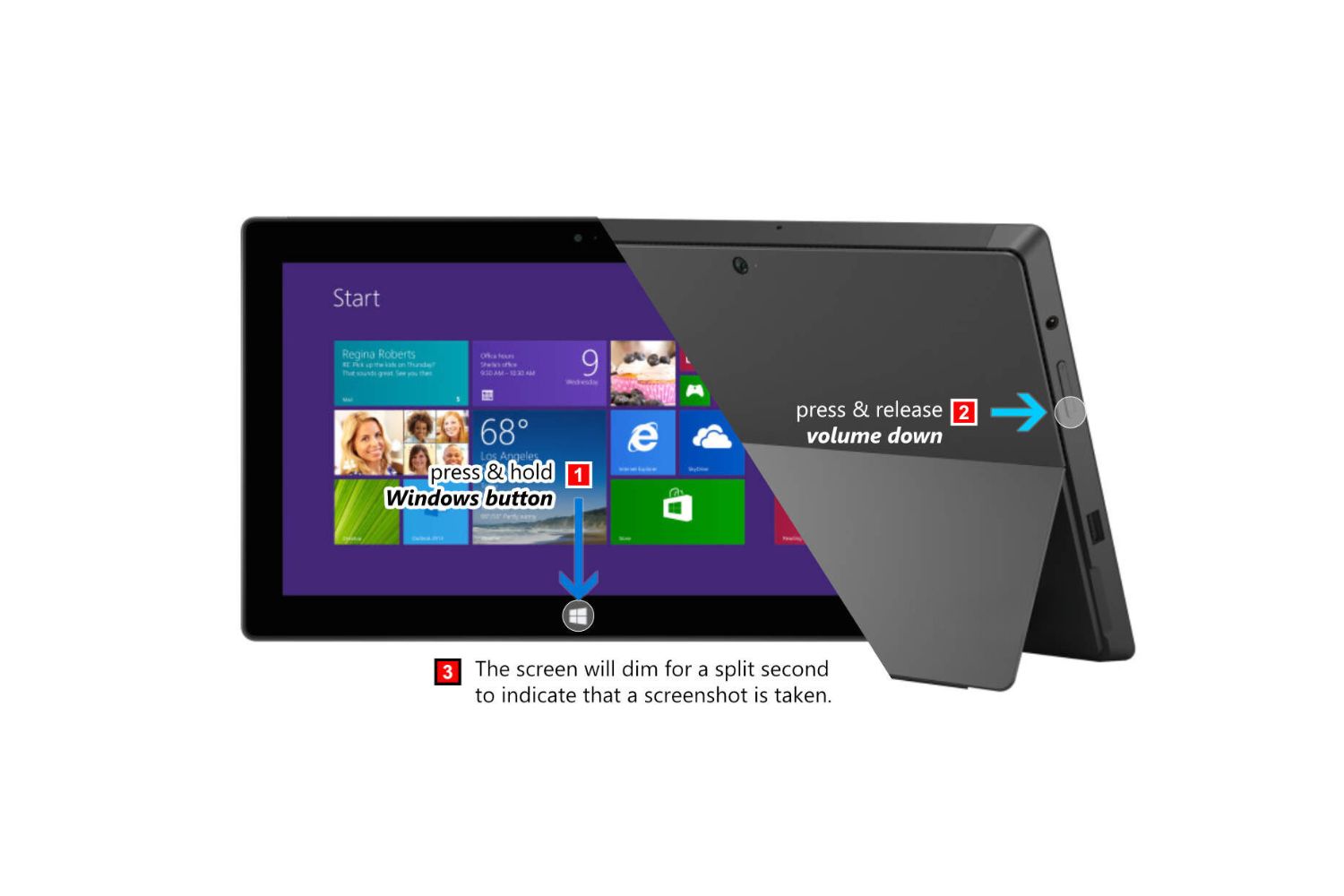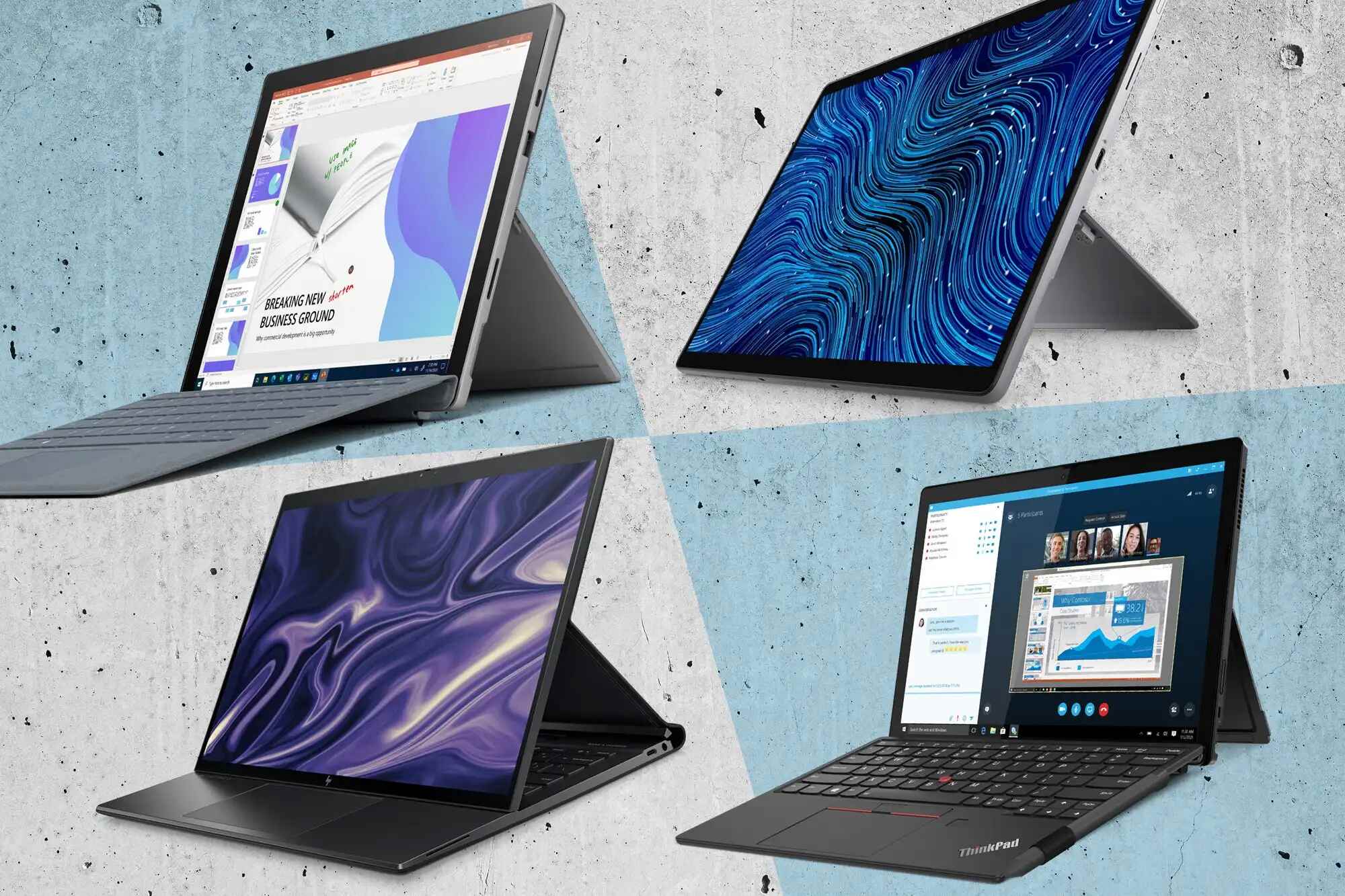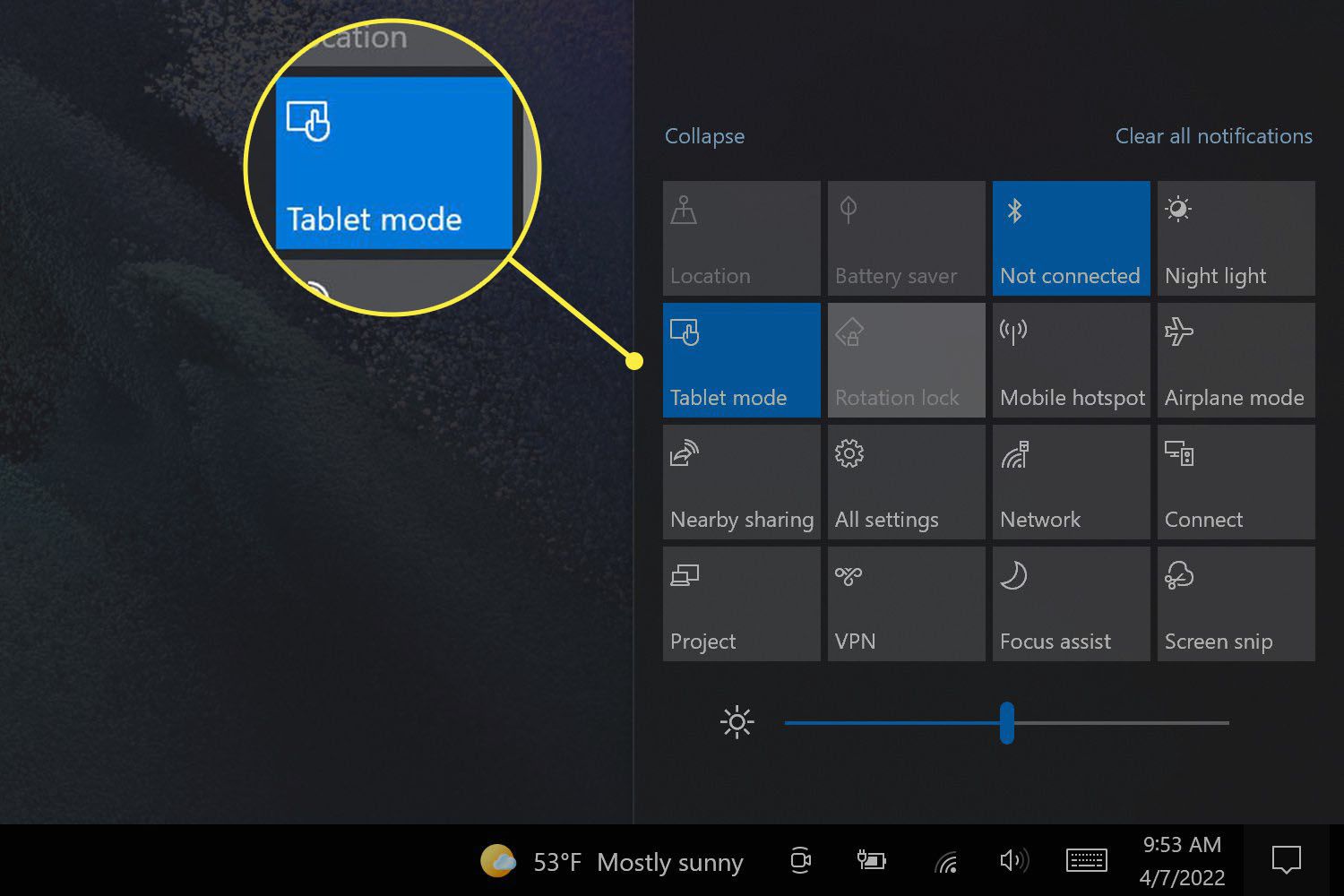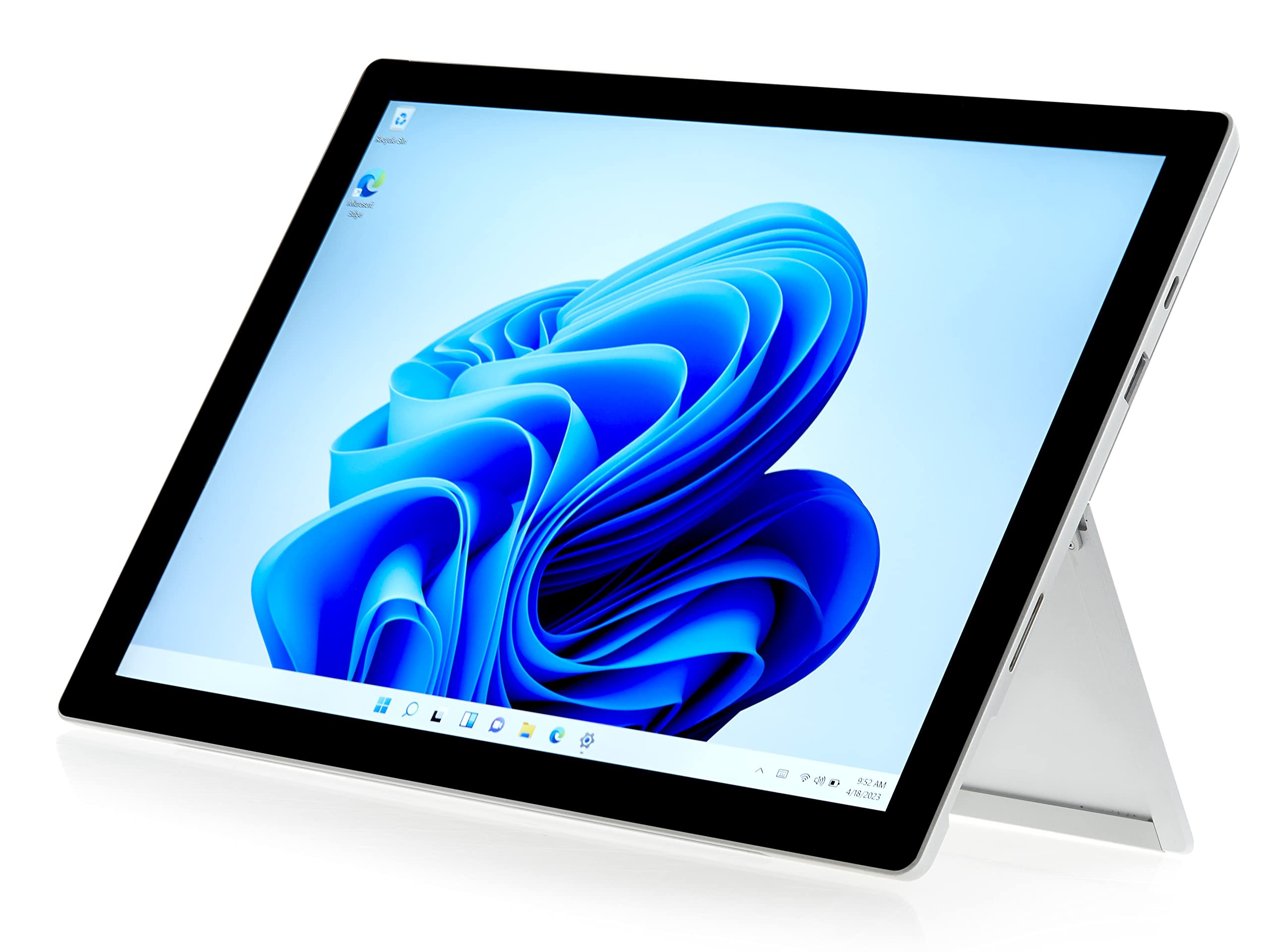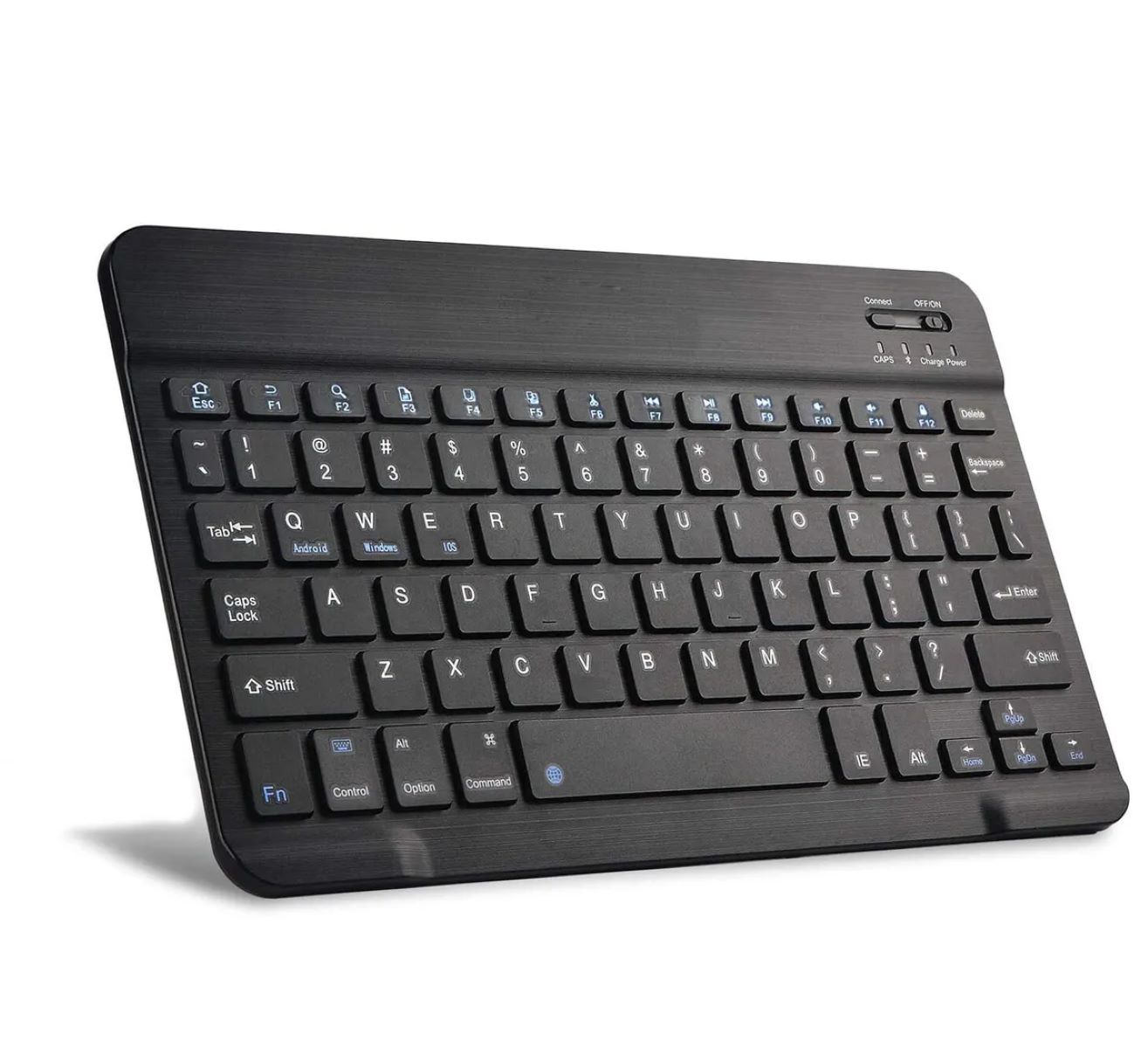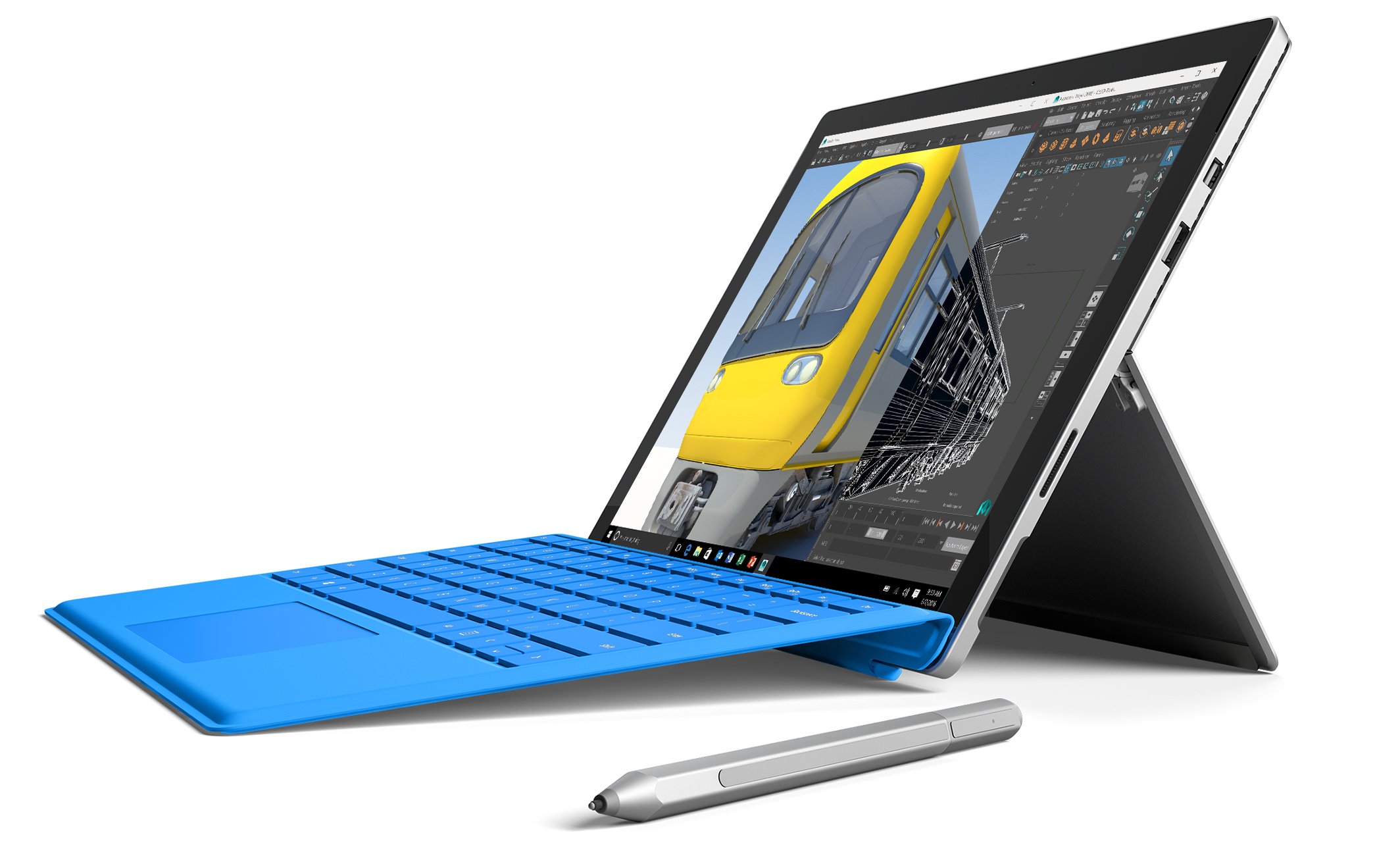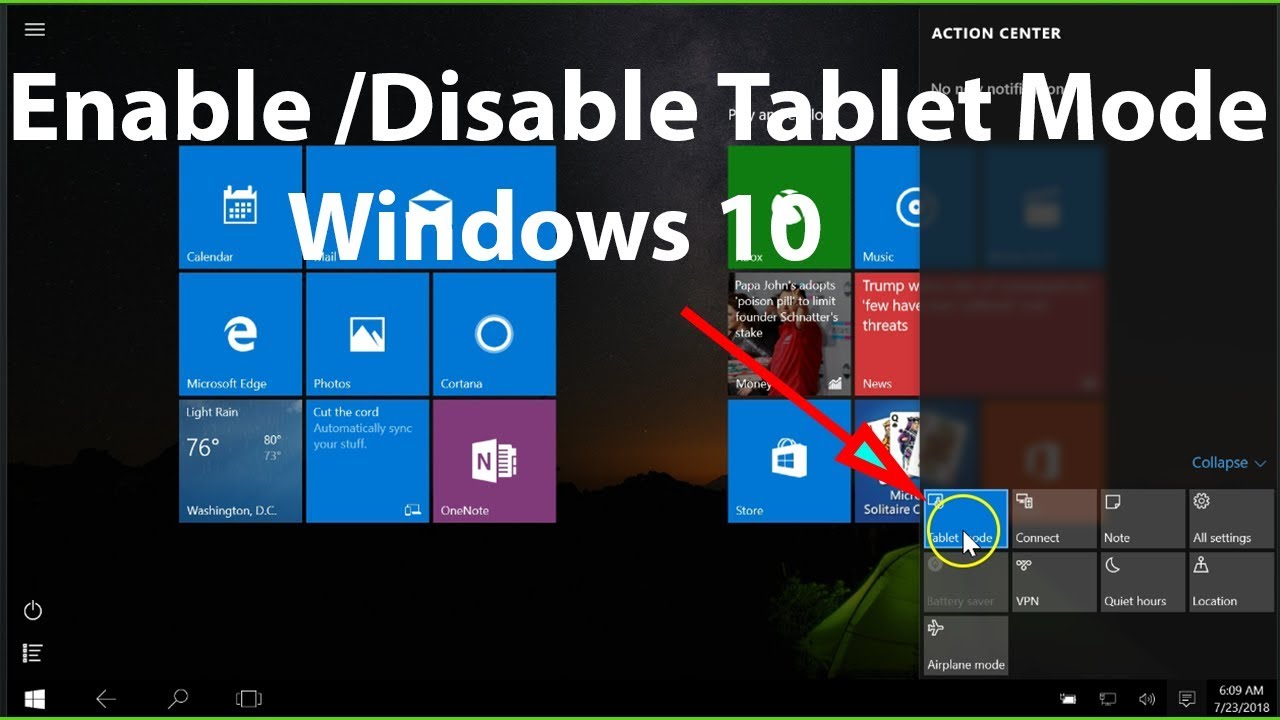Introduction
Welcome to the world of Windows 10, where versatility is at your fingertips. With Windows 10, Microsoft introduced a Tablet Mode feature, allowing users to transform their devices into a more touch-friendly interface. Whether you have a laptop, 2-in-1 device, or a desktop with a touch-enabled screen, Tablet Mode can enhance your productivity and provide a seamless user experience.
Tablet Mode optimizes the Windows 10 interface for touch input, making it easier to navigate through apps, use gestures, and interact with content. In this article, we will explore various methods to activate Tablet Mode on Windows 10 devices.
Whether you are a tablet aficionado or simply want to experiment with a different mode of operation, we’ve got you covered. We will guide you through four different methods that will allow you to seamlessly switch to Tablet Mode and make the most of your Windows 10 experience.
Are you ready to dive into the exciting world of Windows 10 Tablet Mode? Let’s get started!
Method 1: Using the Action Center
The Action Center in Windows 10 is a one-stop hub for accessing various system settings and notifications. It also provides a convenient way to toggle Tablet Mode on or off. Follow these steps to activate Tablet Mode using the Action Center:
- Click on the Action Center icon located on the far right side of the taskbar. It resembles a speech bubble.
- In the Action Center panel that opens, you will see a row of quick action tiles at the bottom. Look for the Tablet Mode tile, which displays an icon resembling a tablet.
- Click on the Tablet Mode tile to toggle it on. If the tile is highlighted, it means Tablet Mode is activated.
Once you have enabled Tablet Mode through the Action Center, your Windows 10 interface will transform into a touch-friendly layout. The Start Menu will expand, and all your apps will open in full screen mode, optimized for touch input.
To turn off Tablet Mode using the Action Center, simply follow the same steps. Click on the Tablet Mode tile in the Action Center to toggle it off. The interface will revert to a traditional desktop layout.
The Action Center provides a quick and easy way to switch between Tablet Mode and desktop mode. However, if you prefer to access additional settings and options, you may want to explore the other methods described in this article.
Method 2: Using the Settings Menu
If you prefer a more comprehensive approach to activating Tablet Mode, you can use the Settings menu in Windows 10. The Settings menu provides access to various system configurations, allowing you to customize your Windows experience. Here’s how you can enable Tablet Mode using the Settings menu:
- Click on the Start button on the taskbar, and then select the gear icon to open the Settings menu.
- In the Settings menu, click on the “System” option.
- In the System settings, navigate to the “Tablet Mode” tab located on the left side of the window.
- On the right side of the window, you will find the option to toggle Tablet Mode on or off. Click on the switch to enable Tablet Mode.
Once you have activated Tablet Mode through the Settings menu, your Windows 10 interface will transform into a touch-centric layout. The Start Menu will expand, and applications will open in full screen mode.
To disable Tablet Mode using the Settings menu, follow the same steps and click on the switch to turn it off. Your device will revert to the standard desktop layout.
The Settings menu provides a more comprehensive approach to enable Tablet Mode, allowing you to access various other customization options. If you prefer a more direct and quick method, you may want to explore the other methods described in this article.
Method 3: Using the Tablet Mode Icon on the Taskbar
If you’re looking for a convenient way to toggle Tablet Mode on or off, you can use the Tablet Mode icon directly from the taskbar. Here’s how you can activate Tablet Mode using the Tablet Mode icon:
- Locate the Tablet Mode icon on the right side of the taskbar. The icon looks like a square with a pen or stylus inside.
- Click on the Tablet Mode icon to enable Tablet Mode. When the icon is highlighted, Tablet Mode is activated.
Once you have enabled Tablet Mode using the Tablet Mode icon, your Windows 10 interface will switch to a touch-focused layout. The Start Menu will expand, and apps will open in full screen mode, optimized for touch input.
To turn off Tablet Mode, simply click on the Tablet Mode icon again. When the icon is not highlighted, it means Tablet Mode is disabled, and your interface will revert to the regular desktop layout.
The Tablet Mode icon on the taskbar provides a quick and easily accessible method to switch between Tablet Mode and desktop mode. It’s a handy option if you frequently switch between touch and traditional input methods.
However, if you prefer alternative methods or want to explore additional settings and configurations related to Tablet Mode, you may want to consider the other methods discussed in this article.
Method 4: Using the Keyboard Shortcut
If you’re someone who prefers to use keyboard shortcuts for quicker access to features, you’re in luck. Windows 10 provides a keyboard shortcut that allows you to easily toggle Tablet Mode on or off. Here’s how you can use the keyboard shortcut to activate Tablet Mode:
- Press the Windows key and the A key simultaneously to open the Action Center.
- In the Action Center, you will find the Tablet Mode tile.
- Press the Tab key until the Tablet Mode tile is selected, then press the Spacebar key to toggle Tablet Mode on or off. When the tile is highlighted, it means Tablet Mode is activated.
Once Tablet Mode is enabled using the keyboard shortcut, your Windows 10 interface will transform into a touch-friendly layout. The Start Menu will expand, and apps will open in full screen mode, optimized for touch input.
To disable Tablet Mode using the keyboard shortcut, follow the same steps. Press the Windows key and the A key to open the Action Center, select the Tablet Mode tile using the Tab key, and press the Spacebar to toggle it off. Your interface will revert to the standard desktop layout.
The keyboard shortcut provides a quick and efficient way to toggle Tablet Mode without needing to navigate through menus or use the mouse. It’s a useful option if you prefer using keyboard shortcuts and want a streamlined method to switch between touch and desktop mode.
Remember, you can always explore the other methods described in this article if you prefer alternative options or want to access additional Tablet Mode settings.
Conclusion
Windows 10’s Tablet Mode offers a versatile and touch-friendly interface that enhances your user experience on compatible devices. In this article, we explored four different methods to activate Tablet Mode, allowing you to seamlessly switch between touch-centric and desktop modes.
We started with the Action Center method, which provides a quick toggle for Tablet Mode right from the taskbar. Next, we discussed how to enable Tablet Mode using the Settings menu, giving you access to additional customization options. We then explored the Tablet Mode icon on the taskbar, allowing for easy switching with a single click. Lastly, we covered the keyboard shortcut method, providing a convenient way to activate Tablet Mode using the Windows key and A key.
Whether you prefer using the touch screen, cursor, or keyboard, Windows 10’s Tablet Mode ensures a smooth and enjoyable experience. By activating Tablet Mode, you can navigate through applications, utilize touch gestures, and interact with content more efficiently.
Remember that these methods give you the flexibility to switch between Tablet Mode and desktop mode, depending on your preference or specific tasks. Explore the different methods and find the one that works best for you.
So go ahead, dive into the world of Windows 10 Tablet Mode and unleash your device’s full potential. Embrace the touch-friendly interface, enjoy the expanded Start Menu, and streamline your workflow with full-screen apps optimized for touch input.
With these convenient methods at your disposal, you can easily transition between touch and traditional input methods, making your Windows 10 experience even more versatile and intuitive.







